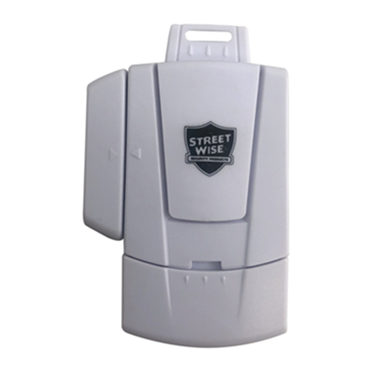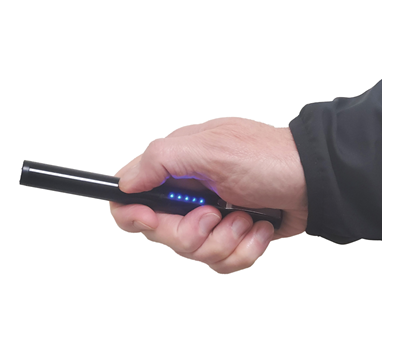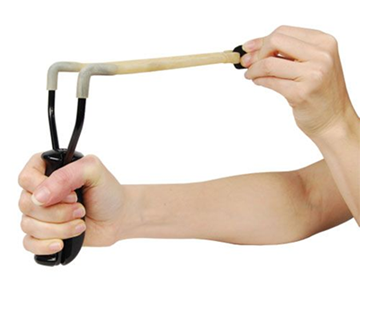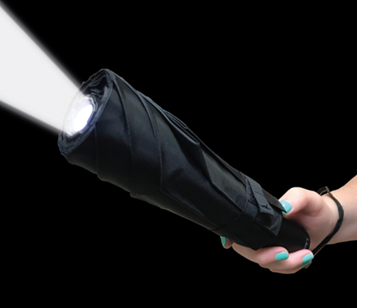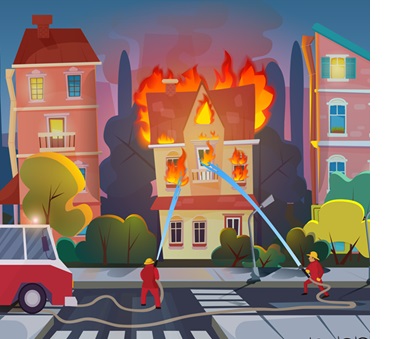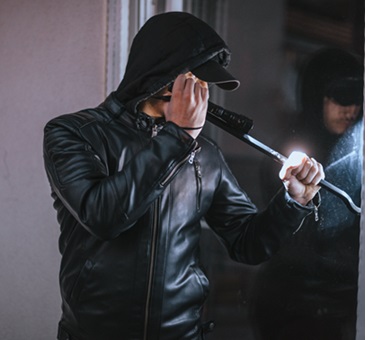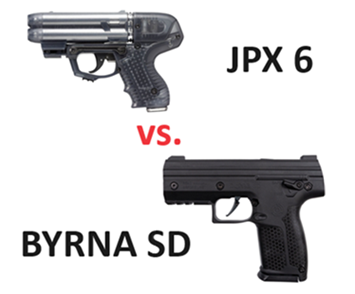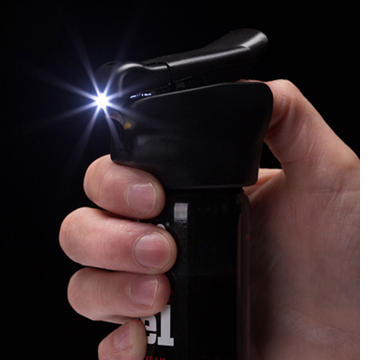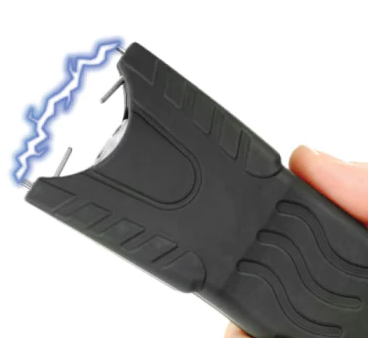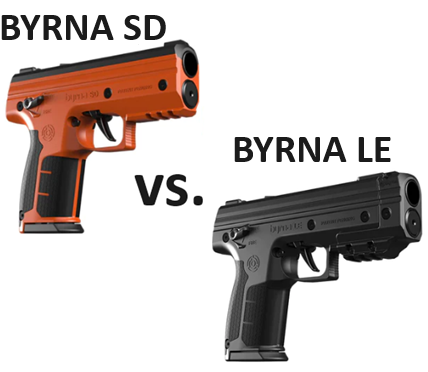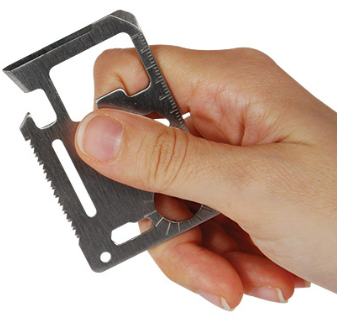Preventing and Defending Against Dog Attacks
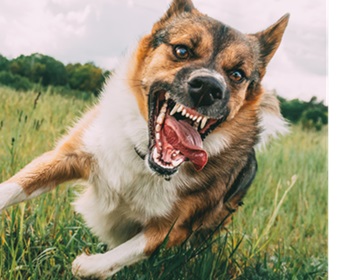 Dogs are known as "man's best friend" for a reason. They provide love, companionship, and often bring joy to our lives. However, it's essential to remember that dogs can react unpredictably when they feel threatened, frightened, or provoked. Dog attacks can be terrifying and dangerous for everyone involved, and knowing how to prevent them and respond safely is crucial. In this blog post, we'll explore how to prevent dog attacks, what to do if a dog attacks you, and, as a last resort, the defensive tools to use against dogs.
Dogs are known as "man's best friend" for a reason. They provide love, companionship, and often bring joy to our lives. However, it's essential to remember that dogs can react unpredictably when they feel threatened, frightened, or provoked. Dog attacks can be terrifying and dangerous for everyone involved, and knowing how to prevent them and respond safely is crucial. In this blog post, we'll explore how to prevent dog attacks, what to do if a dog attacks you, and, as a last resort, the defensive tools to use against dogs.
Preventing Dog Attacks
- Understand Canine Body Language:
The first step in preventing dog attacks is to understand the language of dogs. Dogs communicate their feelings and intentions through body language. Learn to recognize signs of fear, aggression, or discomfort, such as growling, raised fur, bared teeth, and a stiff body. If you notice these signs in a dog, give it space and avoid making any sudden movements or loud noises.
- Ask for Permission:
Always ask for the owner's permission before approaching or petting an unfamiliar dog. Not all dogs are comfortable with strangers, and respecting their boundaries can prevent unnecessary conflicts.
- Avoid Eye Contact:
Direct eye contact can be perceived as a threat by some dogs. When dealing with an unfamiliar dog, avoid staring into their eyes and maintain a relaxed posture.
- Don't Disturb Dogs When Eating or Sleeping:
Dogs can be protective of their food and personal space. Avoid disturbing a dog when it's eating or sleeping, as this can trigger defensive behavior.
- Teach Children How to Interact:
Educate children on how to approach dogs safely. They should be taught to be gentle, avoid sudden movements, and always ask an adult or the dog's owner for permission before approaching a dog.
- Be Cautious with Strays:
Approach stray dogs with caution, if at all. Stray dogs may be scared, hungry, or sick, making them more unpredictable. Contact animal control or a local animal shelter to report stray dogs rather than attempting to interact with them.
- Use a Leash and Control Your Dog:
If you own a dog, it's your responsibility to ensure it's well-behaved and controlled. Always keep your dog on a leash when in public areas and obey leash laws. Proper training and socialization can help prevent your dog from becoming aggressive toward others.
What to Do if a Dog Attacks You
Despite our best efforts, dog attacks can still occur. In the event that you find yourself facing an aggressive dog, here's what you should do:
- Stay Calm and Avoid Eye Contact:
Maintain a calm and non-threatening posture. Do not make direct eye contact with the dog, as this can be seen as a provocation.
- Stand Still:
Avoid running or making sudden movements, as these can trigger a dog's predatory instincts to chase.
- Protect Your Hands and Fingers:
If the dog lunges, use your non-dominant arm to protect your neck and face. Curl it into a fist and keep it close to your chest. This can help prevent severe injuries.
- Back Away Slowly:
If the dog is not actively attacking, slowly back away while keeping the dog in your peripheral vision. Avoid turning your back on the dog.
- Speak Calmly:
In a calm and low tone, try to speak to the dog in a soothing manner. This may help de-escalate the situation.
- Use Objects as Barriers:
If available, put an object, bag, or clothing item between you and the dog. This can serve as a barrier to protect yourself.
- Avoid Sudden Movements:
Sudden movements can agitate an aggressive dog further. Stay as still and calm as possible.
- Seek Help:
Call for help from anyone nearby. The more people present, the less likely the dog is to continue the attack.
Defensive Tools Against Dog Attacks
While it is always best to prevent dog attacks and respond using non-violent methods, there are situations where you may need to defend yourself. Here are some tools that can be used as a last resort:
- Pepper Spray:
Pepper spray and Mace Dog Repellant are effective tools for deterring aggressive dogs. It causes temporary discomfort, pain, and temporary blindness, allowing you to escape from the situation. Make sure to use it responsibly and in accordance with local laws.
- Ultrasonic Dog Repellent:
Ultrasonic dog repellent devices emit a high-pitched sound that is uncomfortable for dogs, making them stop their aggressive behavior. These devices can be carried in your pocket and used when needed.
- Stun Walking Stick, Baton, Umbrella:
A sturdy stun walking stick, stun baton or stun umbrella can be used to create a barrier between you and the attacking dog. It can also be used to fend off the dog if it gets too close.
- Loud Whistle:
A loud whistle can startle and distract an aggressive dog. Carrying one can help you gain a moment to distance yourself.
- Personal Alarms:
Personal alarms emit a loud, piercing sound when activated. The noise can deter dogs and attract attention from nearby people.
Conclusion
Preventing dog attacks should always be the primary goal. Understanding canine body language, respecting boundaries, and teaching responsible interaction with dogs are key steps in avoiding such situations. If a dog attack does occur, staying calm and following the appropriate steps can help minimize harm. Defensive tools should be a last resort and used responsibly to protect yourself in dangerous situations. Remember, dogs are not inherently aggressive, and with proper care, most conflicts can be avoided.

